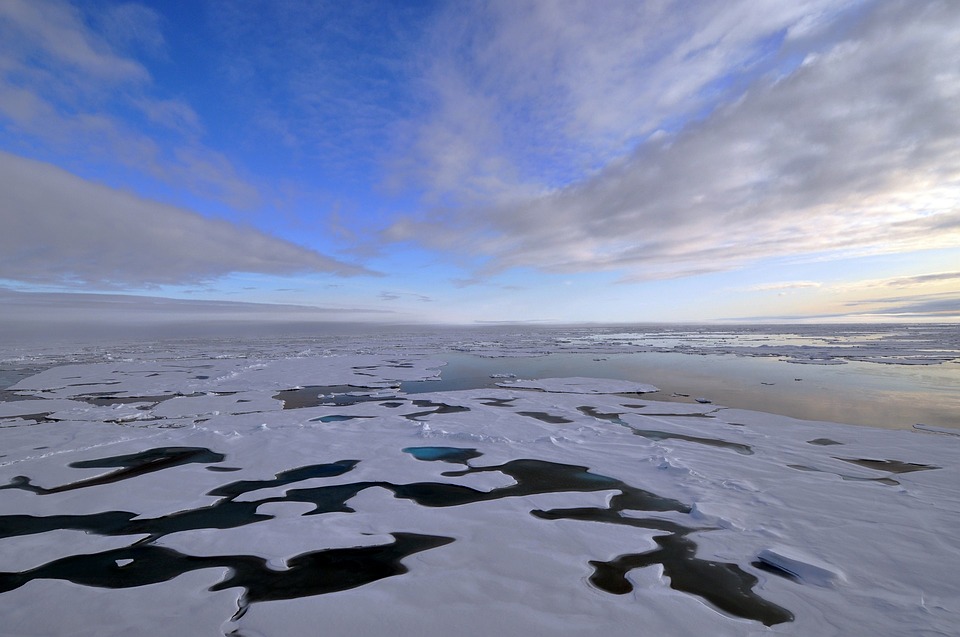Microbiologists from Ohio State University just made an astounding discovery – nearly 200,000 virus species are lurking in the world’s oceans.
In their paper published in the journal Cell, the scientists stated that their findings could have many implications, including a better understanding of evolution, biotechnology improvements, and learning more about climate change.
In a statement, Ohio State University microbiologist and co-author of the study Matthew Sullivan was quoted as saying:
“Having that road map helps us do a lot of the things we’d be interested in to better understand the ocean and, I hate to say it, but maybe to have to engineer the ocean at some point to combat climate change.”
In their paper, the researchers revealed that viruses in the world’s oceans are organized into five distinct areas. They also discovered new places in the ocean that are teeming with species but are under threat from human intervention. Many of these hotspots are located in the Arctic Ocean.
Virus Species
In total, the researchers who made up the recent Tara Oceans global oceanographic research expedition were able to distinguish around 196,000 marine virus species. The count reportedly exceeded that initial 15,000 known species of viruses gathered from previous expeditions and the 2,000 known genomes of viruses from cultured microbes.
Sullivan added:
“Viruses are these tiny things that you can’t even see, but because they’re present in such huge numbers, they really matter. We’ve developed a distribution map that is foundational for anyone who wants to study how viruses manipulate the ecosystem. There were many things that surprised us about our findings.”
The team’s study was conducted using the samples they collected from different parts of the ocean between 2009 and 2013. Then, they filtered the samples and analyzed the organisms in them which range in sizes from the microbial to fish eggs.
According to the researchers, getting a fuller picture of viral distribution in the world’s oceans can help them, and other scientists, identify the virus species they should be focusing on in their studies.
Additionally, the distribution map they created can also be used by other aquatic research initiatives “to answer questions about how levels of microorganisms change over time, in response to both seasonal variation and climate change.”


















Comments (0)
Least Recent